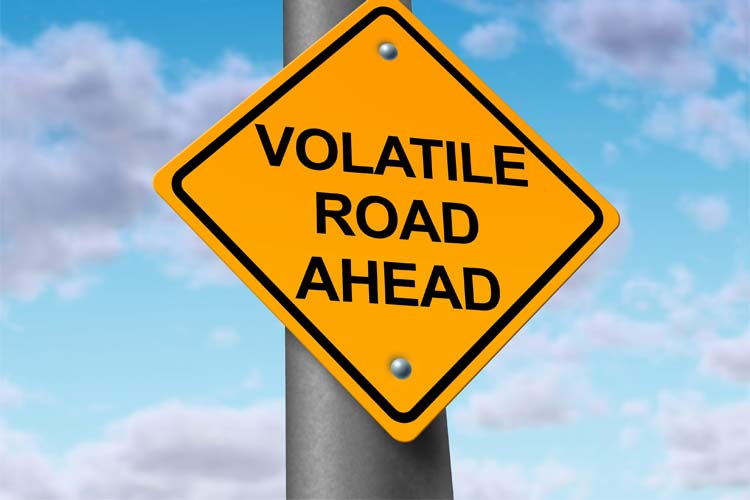The Overhead VIX Zone That Could Spark Heavy Selling for Stocks
 Why the 18 region on the volatility index bears careful consideration
Why the 18 region on the volatility index bears careful consideration
Volatility as an asset class has been through the wringer in 2019. The benchmark Cboe Volatility Index (VIX - 15.85) is down 37.6% year-to-date, as of this writing, contra the 12.7% rise in the S&P 500 Index (SPX). Looking even worse for the wear is that infamous VIX futures derivative, the iPath Series B S&P 500 VIX Short-Term Futures ETN (VXX) -- which, thanks to the aggravating effects of contango-related losses, is off more than 39% on a calendar-year basis.
The month of May, however, has been a distinctly bright spot for the VIX complex, as trade-related uncertainty has temporarily upended the rally in equities. Drilling down on month-to-date returns, we find VIX higher by 20.8%, VXX 10.6% to the good, and the SPX 4.1% lower. And at the same time these volatility trackers have finally lurched higher, traders have completely lost interest in options allowing them to profit from upside moves.
Specifically, Schaeffer's Quantitative Analyst Chris Prybal tracks a 20-day buy-to-open call/put volume ratio for VIX options (which derive their value from short-term VIX futures, rather than spot VIX). This 20-day VIX call/put ratio hit a high of 5.12 as recently as April 15, but has since plummeted to 1.85 -- its lows of the year. This comes as 20-day VIX put volume has vaulted back above 720,000 contracts, and comes on the heels of the May 8 single-day VIX call/put ratio reading of 0.18, which was the lowest such daily reading since December 2, 2014, according to Prybal.
Notably, this 20-day VIX call/put ratio rose alongside equities during the early months of 2019, so the sudden downturn in this ratio of late simply maintains the direct correlation between these two data points. At current levels, the ratio has room to keep unraveling before revisiting its November 2018 low of 1.24, which would suggest more possible downside for the S&P, as well.
If stocks do continue to wobble and the VIX builds on its May advance, there's a looming overhead zone that traders should watch with interest. The volatility index appears to have established a relatively firm floor around the 12 level and its 50-day and 80-day moving averages, and VIX's bounce from here has now carried it to within a couple of points of the 18 level. Looking at major closes over the recent past, we find that 18.02 represents a 50% return from the reigning year-to-date closing low of 12.01, 18.04 marks half of VIX's Christmas Eve high close, and 18.66 is half the Feb. 5, 2018 high close.
In addition to this trio of significant levels between 18 and 19, we have VIX's 160-day moving average at 17.90. A push above this trendline would put VIX north of its mean daily reading of 17.26 over the past six months, as well. As such, any pop by the volatility index above this 17-19 area could potentially provide the necessary "shock" to investor sentiment to prompt the final shake-out to this round of selling.

Subscribers to Bernie Schaeffer's Chart of the Week received this commentary on Sunday, May 26.